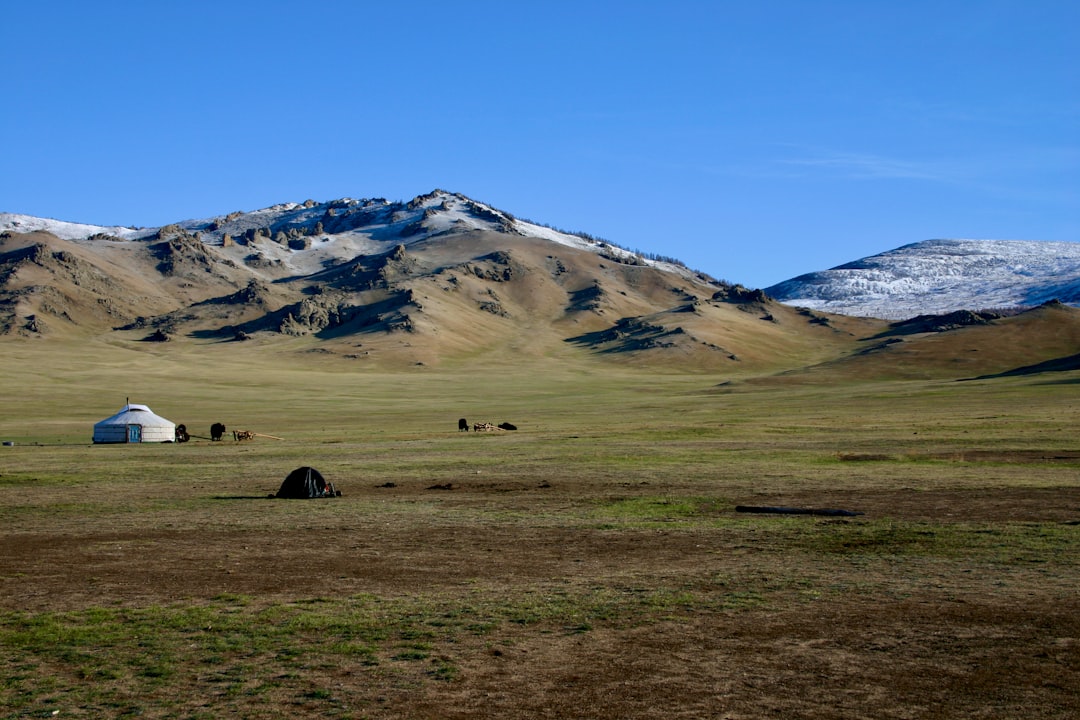What is it about?
A newly discovered early Miocene Berberis, a small shrub, collected at an altitude of 4600 m a. s. l., from the Hoh-xil Basin in northern Tibet enables us to estimate the paleoelevation of northern Tibet during that time. The fossil’s nearest living species (B. asiatica) still thrives on the southern slope of the Himalayas but only at an altitude of 914–2286 m a. s. l. Considering the fossil and its nearest living species probably occupied a similar or identical niche, the paleoaltimetry of the fossil locality – once a correction for the global average temperature difference is applied – is estimated to have been about 1300—2700 m, which means an uplift of this basin since ~17 Ma.
Featured Image
Why is it important?
The upheaval of the Tibetan Plateau, a significant Cenozoic geological event, has significant implications for global climate and environmental changes since the early Cenozoic Era. Without a clear, quantified altitude history the development of the monsoon, and therefore the Asian climate and biota, remains unclear (Spicer et al., 2003; Harris, 2006; Molnar et al., 2010). Nowadays the uplift history of the Tibetan Plateau is being revealed by more and more evidence from geophysical, geochemical and biological research. Although most authors consider that southern Tibet reached its modern elevation in the Miocene, the uplift process of northern Tibet is still unclear. Neither geophysical model (Mulch et al., 2006; Wang et al., 2008) nor geochemical quantitative estimation (Rowley and Currie, 2006; Quade et al., 2011) achieve consensus, which impedes our understanding of the orogenesis of the whole Tibetan Plateau. In this case, exploring independent biological evidence is valuable for testing or verifying those past hypotheses.
Perspectives
The finding does not support former views that northern Tibet had reached or even exceeded its modern elevation before the Miocene, and suggests a significant uplift of northern Tibet since the Miocene. Our estimate of the paleoaltitude of northern Tibet is obtained by using new independent biological evidence and so provides a comparator for geophysical models and geochemical evidence.
Professor Yu-Fei Wang
Instititu of Botany, Chinese Academy of Sciences
Read the Original
This page is a summary of: Early Miocene elevation in northern Tibet estimated by palaeobotanical evidence, Scientific Reports, May 2015, Springer Science + Business Media,
DOI: 10.1038/srep10379.
You can read the full text:
Contributors
The following have contributed to this page










